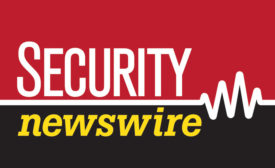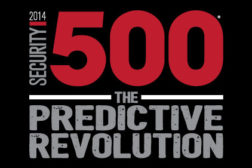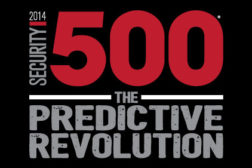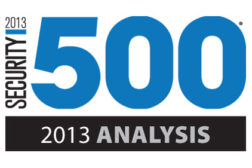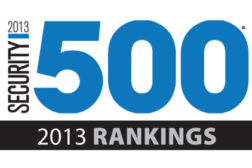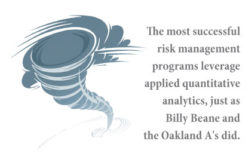Home » security benchmarking
Articles Tagged with ''security benchmarking''
2013 Security 500 Sector Reports
Use Sector-Specific Benchmarking to Compare Your Enterprise’s Focuses to Those of Your Peers
November 5, 2013
2013 Security 500 Report Methodology
Get the Background on the Security 500 Sources, Key Metrics and Feedback.
November 5, 2013
2013 Security 500 Rankings
Compare Security 500 Company Rankings Sector-by-Sector in this Benchmarking Tool.
November 5, 2013
How Security Ball Can Help Enterprises Succeed in a Risk-Nado!
Learn how to change the game of security with better statistics
November 5, 2013
Sign-up to receive top management & result-driven techniques in the industry.
Join over 20,000+ industry leaders who receive our premium content.
SIGN UP TODAY!Copyright ©2024. All Rights Reserved BNP Media.
Design, CMS, Hosting & Web Development :: ePublishing
